1) Black is Leakage + lens obscurationDate: 7/30/2009 10:19:46 AM
Author: Stone-cold11
Date: 7/30/2009 10:04:39 AM
Author: Serg
Date: 7/30/2009 8:41:26 AM
Author: Stone-cold11
One question about the ASET, is there a difference between a black background ASET and a white background ASET? Similar usage? If same, why would one want to use one over the other or why present both in the image?
Thanks.
Black ASET does not show Leakage.
White ASET has too much colors for my Taste( too complex image)
Distribution is more clear in Black ASET,
So what does the black in the Black ASET represents? Thanks.
2) leakage is muc more visiable in white ASET. Just compare dull green in Black ASET and with sane place in white ASET
Black ASET is more correct for cut "grading" than white ASET
White ASET is more useful for cut improving
3) ask ASGL or John Pollard



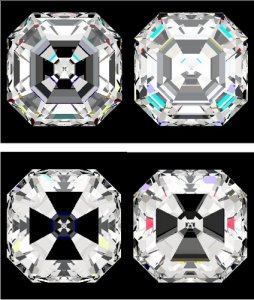

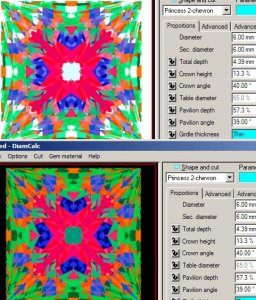

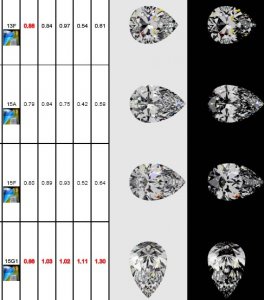
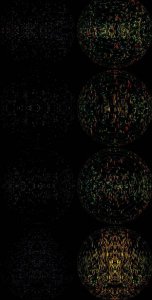
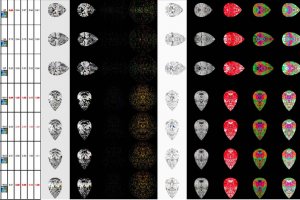


300x240.png)